QR codes, which allow coding for a large array of information via a URL and enable the consumer to access additional product information, have established themselves worldwide. However, the technology has progressed in the meantime, and the barcodes are now invisible on the package. Part 1: the new technology.
By Peter Roßkamp, geschäftsführender Gesellschafter d
QR codes, which were developed in 1994 by the Japanese company Denso Wave, have become established around the globe. QR, which stands for quick response, allows for the coding of complex information via a URL that provides access to information quickly and easily. Originally created for production logistics in the automobile industry, the system has long served as a significant information medium for consumers in the consumer goods industry. The technology has undergone constant development and has recently scaled the latest innovation level with invisible coding.
The US-based Digimarc Corporation is responsible for this technological development, with which all GTIN (global trade item numbers) of GS1 Germany customers can now be encoded invisibly. In principle, it is based on barcodes, which remain invisible to the naked eye and are printed on the entire surface of the product – thus a digital watermark. The procedure, which has already been implemented in US supermarket chains, such as Wegmans, promises faster item number scanning in particular, which enables a faster checkout process.
The Digimarc code utilises the steganography technique. An algorithm that slightly varies individual colour pixels is used to create a watermark on the packaging that can be read electronically, but is not visible to the human eye. Special and additional print colours are not necessary, and the packaging printing process is hardly affected.
Implementation is relatively simple: integration of a GS1-licenced GTIN in the print template through the Digimarc Corporation or a certified print plate manufacturer takes just a few days. The Digimarc code can be applied on all commercially available packaging materials and print substrates and in all conventional packaging printing processes. Decoding has been successfully tested on various items. Limits to readability have been found with very small products and very dark, monochromatic packaging.
These types of digital watermarks were created and have been implemented primarily in order to embed copyright owners’ information into a product as well as to trace and prove copyright infringements and illegal use of a product. The best-known and widespread product for generating digital watermarks in images is the PictureMarc programme from Digimarc Corporation, which can be integrated into most photo editing programmes. As the market leader in invisible digital coding, especially with regard to images, Digimarc Corporation has now applied this technology to code GTIN/EAN onto product packaging.
The benefits are obvious: although the digital watermark cannot be detected by the human eye, it completely covers the entire package. As such, the invisible barcode can be scanned from any direction and then digitally detected and read with a reader. As such, it is no longer necessary to seek, find and laser scan the barcodes on packaging. Rather, the packaging is photographed with an imager without any positioning or rearranging.
Such imagers are integrated into numerous cash register scanner series or are relatively easy to retrofit with the corresponding software. The main feature of the invisible Digimarc codes is the fact that it can be detected with any commercially available smartphone with a camera.
The same applies here: in contrast with a QR code, which has to be located and focused on, all that is required to capture the Digimarc code is to point the camera at the packaging. In principle, it doesn’t need to be held in one’s hand or even removed from the shelf. Thus, it is very simple and convenient. The biggest advantage is the shortening of the checkout process: it is unnecessary to locate and position the product’s barcode. Rather, the item is simply held before or passed by an imager in any direction. In test demonstrations, the time to scan all of the products was cut in half.
Although the system might be most easily implemented in discount channels due to the proportion of store brands, the benefits might be less here because store brands are already equipped with barcodes on almost all sides. As such, there is little room to accelerate the scanning process. The invisible all-over code is probably very advantageous in the self checkout because it accelerates and simplifies the checkout process – resulting in less effort and making the overall experience more convenient for customers.
One benefit that should not be forgotten is the optimisation of packaging design. As the increasing number of certificates, labels, distinctions, icons, etc. brings along multiple visible barcode sections – often on multiple sides – product packaging loses its functionality and attractiveness. A multifunctional invisible code – for both the checkout system as well as for mobile shoppers – is a greater benefit than individual visible ones for the checkout (barcode) and shopper (QR code).
Yet another decisive advantage is that the Digimarc code makes products interactive. It provides information not only for checkout, but also a URL to give the shopper/consumer access to product information like ingredients, manufacture, nutrition information, allergy information, etc., as well as promotional sales tools like special offers, recommendations, recipes, and coupons. All of this is possible by simply pointing a smartphone camera in the direction of the product – possibly without even touching the product. This is a significant advantage for consumers.
Part 2 will be published in issue 9-10/2018 of ”Sweets Processing”. The report will highlight the theme of interactivity at the point of sale and in many phases of the customer journey.






